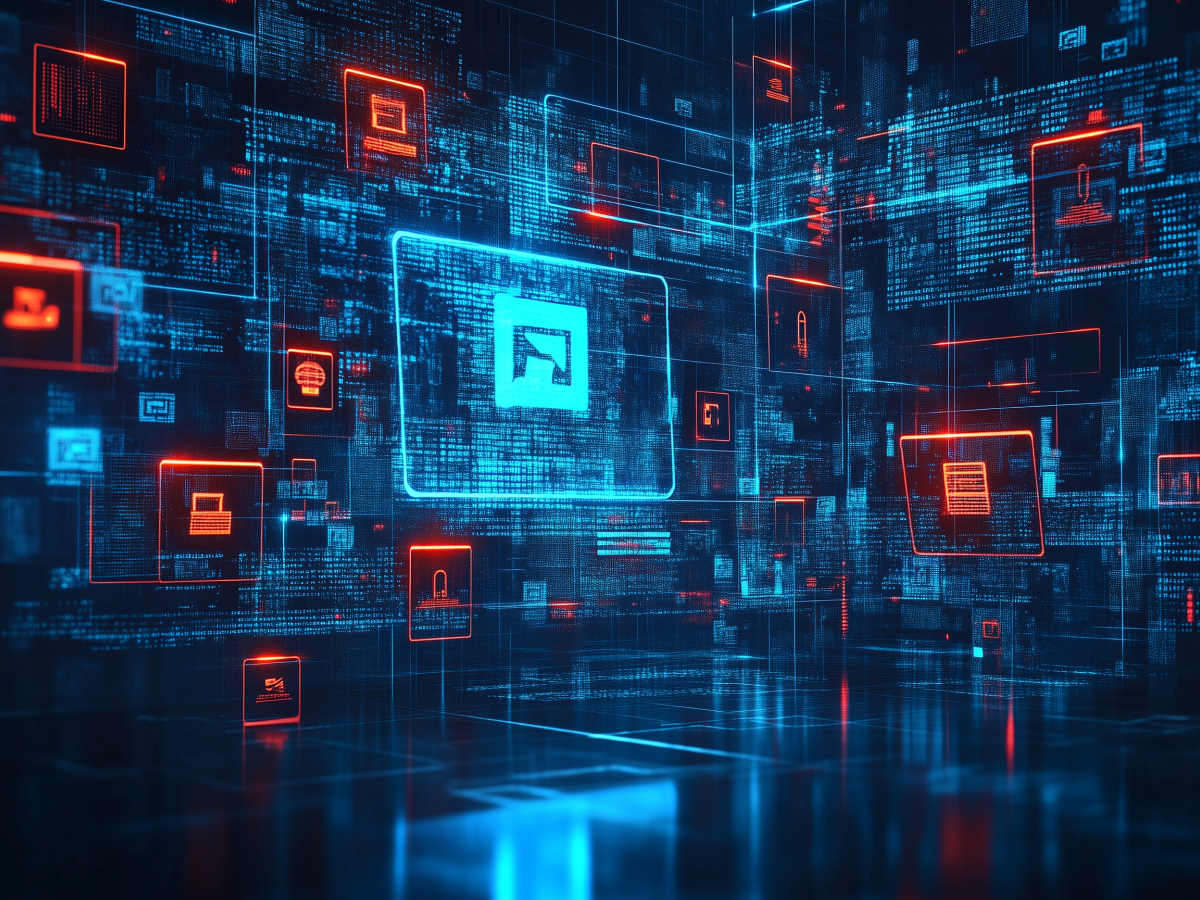You can’t defend what you can’t see
Security is a game of visibility. If you don’t know what’s exposed, you can’t protect it. That’s why attack surface management (ASM) is key. The attack surface is every possible entry point a hacker could use to break into your system. And today, that surface is massive and growing.
Businesses are more connected than ever. Your company isn’t just operating within four walls—it’s plugged into the Internet, cloud providers, third-party vendors, and remote employees logging in from home. Every endpoint, server, or cloud instance is a potential weak spot.
CISOs and security teams are fighting to shrink the attack surface, but that’s a losing battle. The more your business grows, the more digital assets you create. So instead of trying to make the surface smaller, the real challenge is seeing all of it in real time—mapping it, monitoring it, and knowing what’s vulnerable.
Most companies struggle here. They run penetration tests but often don’t even know what should be tested. The solution? A continuous, automated approach to external attack surface management and understanding where all the holes are in the first place.
Hidden complexity in your IT environment
If you think your company’s IT environment is complex today, wait five years. The shift to remote work, cloud computing, and digital transformation has exponentially increased the size of attack surfaces.
Before, a company’s security perimeter was a few internal networks and firewalls. Now? It’s a mix of cloud infrastructure, SaaS applications, API connections, and thousands of remote endpoints. A single misconfigured cloud instance can be the backdoor that takes down your entire operation.
And businesses are finally realizing it. In 2021, fewer than 10% of organizations had formal attack surface management programs. By 2026, that number will be 60%. Why? Because they’re seeing the risk—and the cost of ignoring it.
The market for attack surface management reflects this shift. In 2021, it was valued at $0.5 billion. Today, it’s at $1.4 billion. By 2032, it’s projected to hit $9.1 billion. That’s a 27.7% annual growth rate. The reason is simple: companies need better visibility, and they’re finally willing to pay for it.
IoT is a security problem that keeps growing
Now, let’s talk about IoT (Internet of Things) devices. These are the billions of connected gadgets—everything from industrial sensors to smart home devices—generating and transmitting data without human oversight. They’re embedded in supply chains, factories, hospitals, and offices. And here’s the problem: they’re notoriously insecure.
Many IoT devices ship with weak security protocols, hardcoded passwords, or no update mechanisms. Once they’re deployed, they often become “invisible” to IT teams. They don’t get patched, they don’t get monitored, and they become silent entry points for attackers.
And the scale is mind-blowing. By the end of 2024, we’ll have 18.8 billion connected devices. By 2030, that number will hit 41 billion. That’s 41 billion potential vulnerabilities, scattered across industries with no unified security standard.
The disconnect between operational technology (OT) and information technology (IT) makes this even worse. Many companies don’t even know how many IoT devices they have, let alone how to secure them.
“If IoT security isn’t a top priority now, it will be when attackers start exploiting these weaknesses at scale.”
AI cuts both ways in cybersecurity
AI is reshaping cybersecurity. The question is: will it protect your business, or will it be used against you?
On one hand, AI is a game-changer for cybercriminals. They’re using it to:
- Automate attacks at speeds humans can’t match.
- Generate advanced phishing campaigns that are harder to detect.
- Discover vulnerabilities faster than traditional security tools.
On the other hand, AI is one of our best weapons for defense. Security teams are using it to:
- Analyze millions of data points to detect breaches in real time.
- Predict attack patterns before they happen.
- Automate attack surface discovery—finding unknown vulnerabilities before hackers do.
But the problem is that AI security tools aren’t keeping up with AI-powered threats. According to Bugcrowd’s 2024 Inside the Mind of a Hacker report:
- 77% of ethical hackers are already using AI in their security work.
- 82% believe the AI threat landscape is evolving too fast for security solutions to keep pace.
- 50% say AI has already improved their hacking abilities.
And then there’s the biggest debate: will AI ever outperform human hackers? Almost half of surveyed hackers don’t think so. The reason? AI lacks creativity. Hackers think outside the box, exploiting human mistakes that AI simply doesn’t understand.
So, is AI a threat or an opportunity? Both. The key is to stay ahead by using AI to defend faster than hackers can use it to attack.
The future of attack surface management is AI-driven
The sheer scale of today’s attack surface makes traditional security approaches obsolete. Manual scanning, scheduled audits, and periodic penetration testing don’t cut it anymore. By the time you test, your attack surface has already changed.
That’s why AI-powered ASM is the future. Imagine an intelligent system that:
- Continuously scans the entire external attack surface.
- Detects changes in real time—new domains, misconfigured cloud settings, exposed endpoints.
- Automatically flags security gaps before attackers find them.
AI can analyze massive amounts of security data in seconds, identifying attack vectors that would take human teams weeks to uncover. The goal here isn’t to replace security teams, but rather to make them faster, smarter, and more proactive.
Key executive takeaways
- Comprehensive visibility: Organizations must achieve continuous, real-time insight into every digital asset to effectively manage an ever-growing attack surface. Leaders should invest in automated attack surface management tools to identify and monitor vulnerabilities across all external entry points.
- Navigating IT complexity: The shift to remote work, cloud services, and third-party integrations has significantly expanded IT environments. Decision-makers need to implement proactive strategies that address these diverse and dynamic entry points to secure their digital assets effectively.
- Prioritizing IoT security: The explosive growth in IoT devices introduces new vulnerabilities that can be easily overlooked. Executives should integrate IoT security into their overall strategy, ensuring these connected devices are continuously monitored and adequately protected.
- Leveraging AI for defense: AI is transforming cybersecurity, serving as both a tool for attackers and a powerful ally for defenders. Leaders should harness AI-driven security solutions to accelerate vulnerability detection and stay ahead of rapidly evolving threats.





